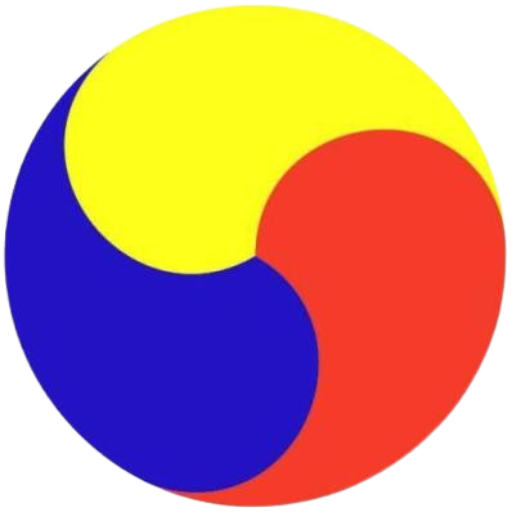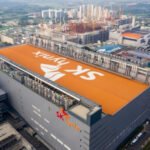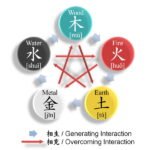
South Korea’s major shipbuilders are gearing up for a fresh wave of very large crude carrier (VLCC) orders, as surging rates are expected to revive appetite among oil shippers for the massive tankers.
The cost of chartering a VLCC on the Middle East Gulf–Asia route has more than doubled this year.
The VLCC Worldscale (WS) index, a benchmark published by the Worldscale Association that measures freight rates against a standard, climbed to 105 on Friday, its highest level this year, according to Clarksons.
The index began 2025 at 47 and hovered mostly between 50 and 60 before spiking sharply this month.
Tanker operators’ daily earnings, measured as time-charter equivalent (TCE) rates, have jumped in tandem from about $25,000 per day at the start of the year to as much as $100,000 this month.
Analysts cite a mismatch between rising oil output from the Organization of the Petroleum Exporting Countries and a slowdown in new vessel deliveries as the main driver.
VLCCs are supertankers capable of transporting about two million barrels of oil.
REVIVAL IN VLCC DEMAND
The surge in profitability is expected to trigger long-delayed fleet renewal, analysts said.
The global VLCC fleet is aging, with the average vessel age now 12.8 years, the oldest since 2000, while the average scrapping age has risen to 28.1 years, the highest since 2005.
VLCCs are typically retired after 25 years.
“VLCCs have historically seen fewer new orders even during shipbuilding booms,” said a South Korean shipbuilding industry official.
“Now that operators are finally making money, they have both the incentive and the means to replace older vessels.”
SOUTH KOREAN SHIPBUILDERS RULE

Korean shipbuilders, which dominate the global VLCC market, are well-positioned to benefit the most, analysts expect.
Hanwha Ocean Co., the world’s top VLCC builder, holds roughly 20% of the global VLCC orderbook, while HD Hyundai Heavy Industries Co. and its affiliate HD Hyundai Samho Co. command shares of about 14% and 11%, respectively.
Together, Korean yards account for about half of the global VLCC market.
The rally could also spill over into demand for smaller Suezmax tankers.
In that segment, Samsung Heavy Industries Co. leads with a 19% share of the global market, while Hyundai Heavy and Hyundai Samho each hold 16%.
“VLCCs are expensive ships with fat margins, so we’ll be focusing on securing more of those orders,” said a senior official at a major Korean shipbuilder.
“We’re already strong in LNG carriers, but diversifying into VLCCs is just as important.”
By Sang Hoon Sung
uphoon@hankyung.com
Sookyung Seo edited this article.















